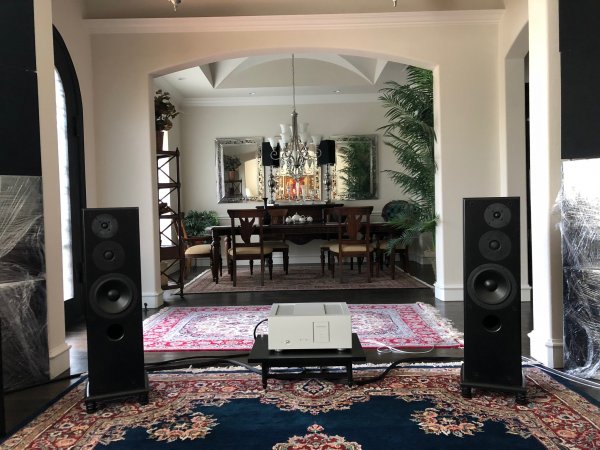A sound wave of any frequency is alternating pressure and rarification so bass doesn’t pressurise a room, it energises a room, the energy being in the form of soundwaves. The key to any room is to be able to ‘convert‘ those sound waves to another form so they don’t hang around too long and interact too strongly with the fresh sound waves that the speakers are injecting into the room continuously.
Natural sounds decay at a certain rate. If the room’s decay is too fast it will sound a bit dry and anechoic whereas too slow may sound unbalanced, boomy, lumpy and lose PR&T, with a lot of detail obscured.
Natural sounds decay at a certain rate. If the room’s decay is too fast it will sound a bit dry and anechoic whereas too slow may sound unbalanced, boomy, lumpy and lose PR&T, with a lot of detail obscured.


